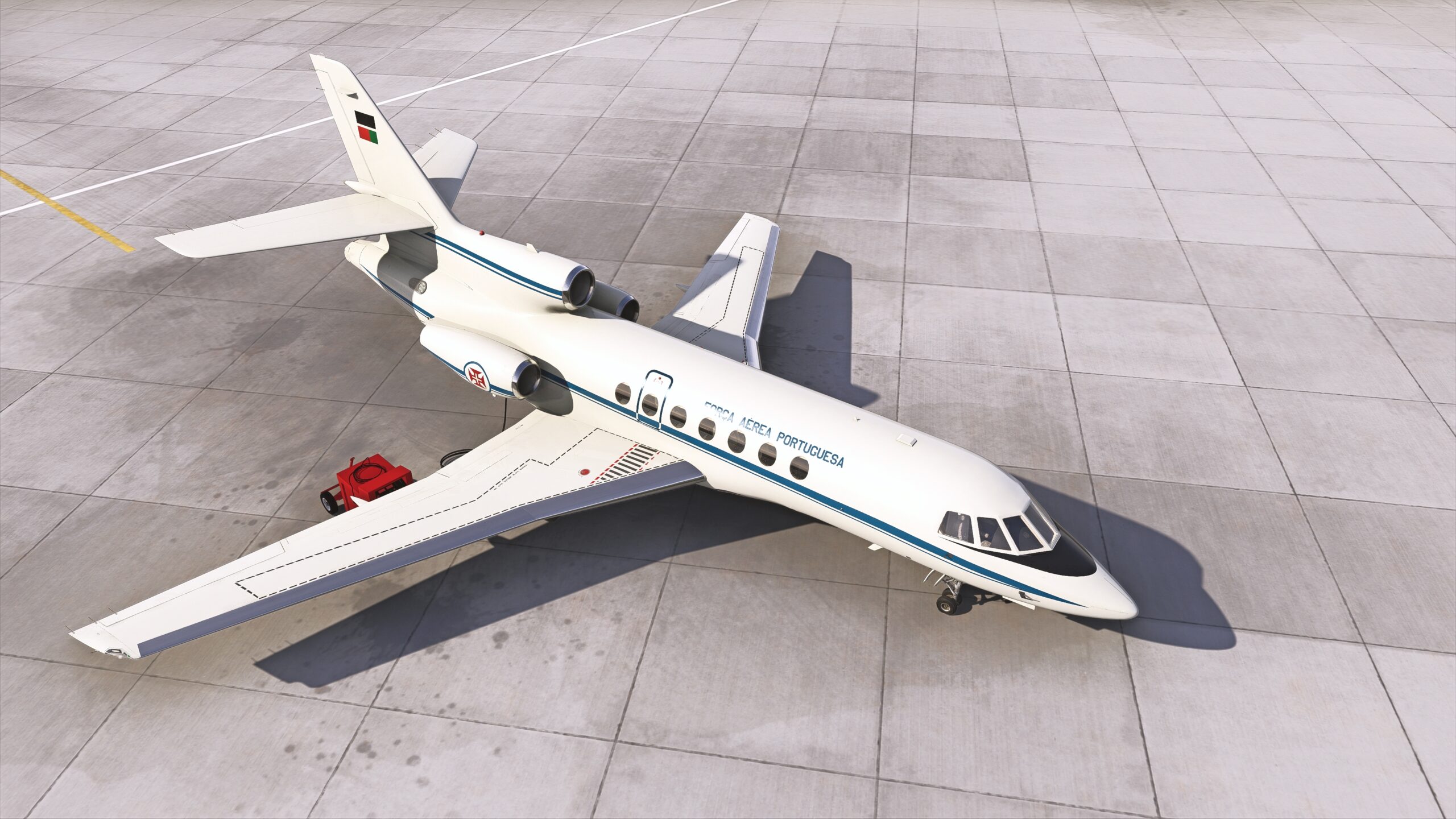Extensive progress on the next Fenix A320 update has been detailed at length in a blog post on the Fenix Sim site. Full of exciting details, the Fenix Sim team showcased extensive improvements to engine models (including the long-awaited IAE engine option), fonts, performance, lighting, the physical model, flight controls, and the EFB. If that sounds like an exhaustive list, that’s because it is – and confirms that the next Fenix A320 update could very well be worth the wait.
Happy anniversary!
The post detailing the next Fenix A320 update marks the one-year mark since the highly-regarded Airbus A320 addon was released in May of 2022. Since then, the Fenix Sim team has provided many updates in the product’s life cycle, mainly aimed at performance and stability improvements. It is wonderful to hear the progress being made on the next Fenix A320 update, as well as the passion the team has for their craft. On behalf of all of us at FSNews, I would like to congratulate the Fenix team on their first successful year, and raise a toast to the next years to come!

Comprehensive new engine model
The first major item in the next Fenix A320 update is the brand-new external engine model. Extensive details were provided on the hotly-anticipated IAE engines, as well as improvements to the overall model that will benefit the existing CFM engines. “I have personally been haunted by the chorus of ‘IAE wen’ for the last 6 months,” said Amir of Fenix Sim in the update post. IAE engines have now been pushed into beta, following extensive development of their proprietary external engine model technology.
This external engine model, set to go live in the next Fenix A320 update, is one the team has been working on since the initial release. “[It] numbers in the thousands of man-hours worth of work,” Amir stated. Comprising many thousands of individual, real-life data points, the engine model was constructed without “guessing” at any data, resulting in an implementation that the Fenix Sim team is extremely pleased with.
In two videos in the blog post, the new engine model was showcased producing extremely accurate behavior that speaks to the new model’s excruciating detail. It now simulates things like the actual airflow through the core of the engine, as well as the exchange of heat between the engine and the oil as the oil flows through the veins of the engine. It is anticipated that this new engine model will make it into the next major Fenix A320 update. “It was an eye-watering investment,” posted Amir, but the end result is a “type agnostic piece of infrastructure” that will help “Future Fenix projects” – whatever those might be.
Fenix A320 update for fonts, lighting, model, and performance
Display graphics and fonts for the next Fenix A320 update have been “rebuilt from scratch” in pursuit of accuracy. Although a seemingly small and surface-level change, Amir cited several complaints about various elements of the displays in the initial release. Amir stated, “Before undertaking this, I was of the mindset that the differences were numerous but miniscule [sic] and did not warrant such an enormous amount of work.” This mindset is one shared by many flight simmers, but the Fenix Sim developers were not happy with “good enough.” “I can quite confidently say that I was wrong,” Amir posted, thanking all the users that submitted feedback and drove the team to the next level of perfection.


Major performance updates for the Fenix A320
In conjunction with the display improvement comes a fundamental rework of the display drawing technology used in the Fenix A320. When the add-on was first released, the Fenix A320 was built with a display rendering tech that, while the team was initially pleased with results, began to fall behind the times as Microsoft Flight Simulator improved its own display rendering engine and its support for others. To address customer feedback of low performance, the next Fenix A320 update is planned to include a new display drawing method that, according to Amir, is currently yielding very encouraging results.

Additionally, the next Fenix A320 update will include VRAM/memory usage optimizations. Some current performance issues are caused by VRAM overflow, causing more load to be placed on the already-stressed CPU. After extensive testing, the Fenix Sim team has rebuilt both the exterior and cockpit models almost from scratch with their “new understanding” of MSFS resource utilization. Amir states that they were able to significantly increase the detail and accuracy of these new models, and simultaneously reduce cockpit memory usage by over 50%.
Lighting has also received a major rework, with the Fenix Sim team introducing shadow-casting lights with zero performance hit compared to default MSFS lighting tech. In showcase pictures (built on the “V1” model & textures for the purpose of demonstration), the lights for the Fenix A320 update can be seen casting extremely realistic, layered shadows across both the ground and other aircraft elements. The unique lensing effect of the A320’s logo lights can also be seen, a testament to the team’s attention to detail.


Fenix A320 to receive flight model improvements
Critical regimes of flight have received special attention from the team for the next Fenix A320 update. Mentioned in the blog post specifically were crosswind takeoffs & landings, takeoff pitch input for rotation, and “Landing Bouncy Castle Super Fun Times.” The complete details are too extensive for this article and should be read in full in the blog post here.
In summary, the Fenix A320’s flight model has received corrections to its fly-by-wire logic, ground friction values, rudder authority and so much more to produce consistent, accurate flight characteristics. Additionally, the Fenix Sim team has built in updates to the avionics in the next Fenix A320 update, including improvements to VNAV, autoflight, hydraulics systems, and more. Most of these changes are likely to be bug fixes or minor improvements.

Massive Fenix A320 EFB overhaul
The EFB (Electronic Flight Bag, or tablet) is set to receive massive improvements in the next Fenix A320 update. The EFB’s codebase has been migrated to a C# backend with an Angular frontend implementation, allowing the team to accelerate the development of new features. The performance of the Fenix A320’s EFB has been improved, with transitions between “apps” as well as performance calculations shown to be significantly faster overall. These improvements were showcased in a video on Fenix Sim’s YouTube channel.
New features have been added as well, including the ability to add runway intersections for performance calculations. In the next Fenix A320 update, V-speeds will be calculated taking this into account, and the EFB will support custom-defined intersections in case it is not already recognized. Finally, several improvements have been made to the performance data (in preparation for the IAE engines) as well as the overall tablet UI & virtual keyboard.
A “Significantly overhauled and improved” Fenix A320
No release date was announced for the Fenix A320 update in the blog post. There is still extensive work to be done, especially in the areas of sounds, texturing, and further lighting improvements. However, Amir did note that with the IAE engines finally in beta, this update should be enough to “stay the hounds for a while yet.” Indeed, while it has been a while since the last major update to the Fenix A320, it is encouraging to see the team hard at work to bring MSFS simmers the best experience they can. Stay tuned to FSNews to make sure you don’t miss any information (such as a release date) when it is announced!
Feel free to join our Discord server to share your feedback on the article, screenshots from your flights or just chat with the rest of the team and the community. Click here to join the server.











